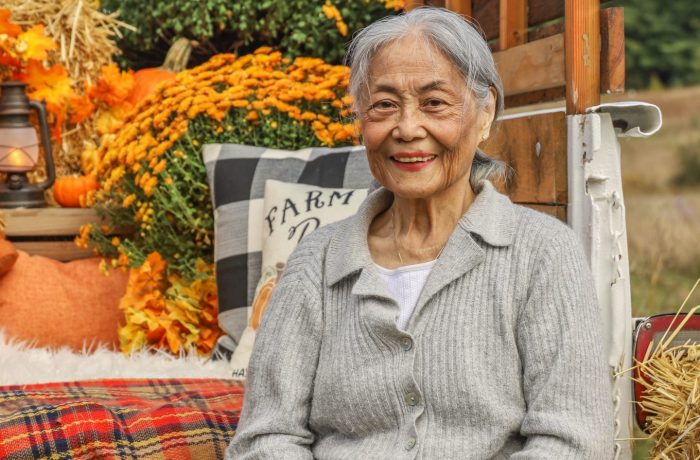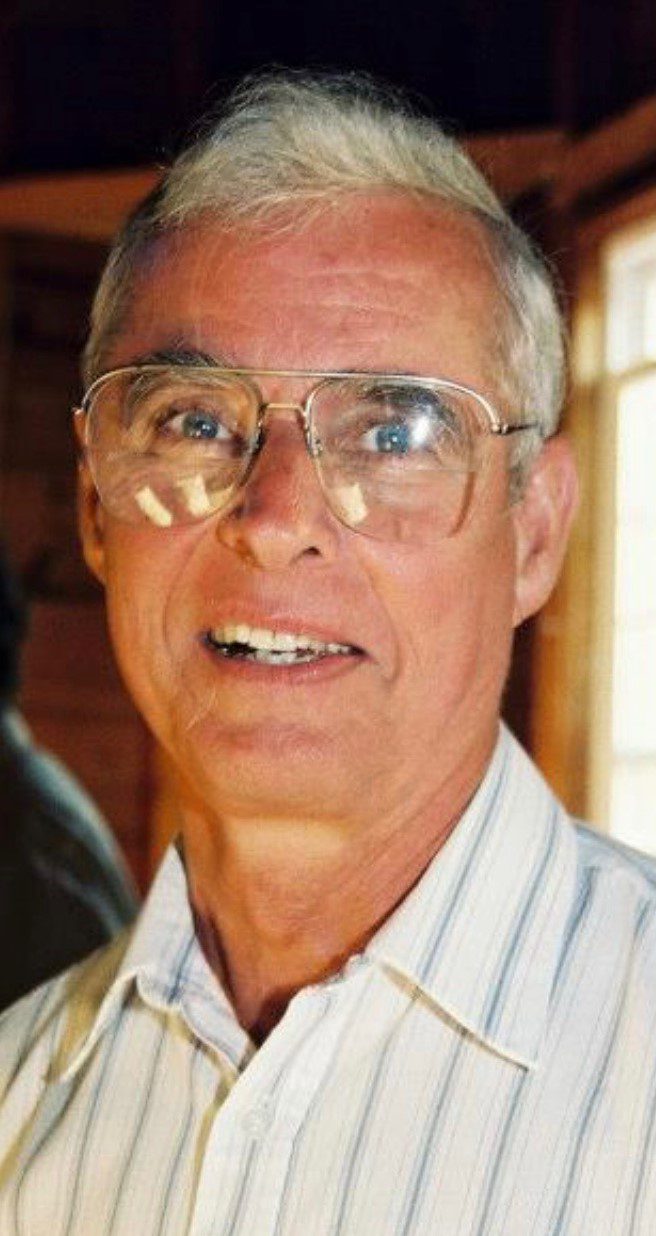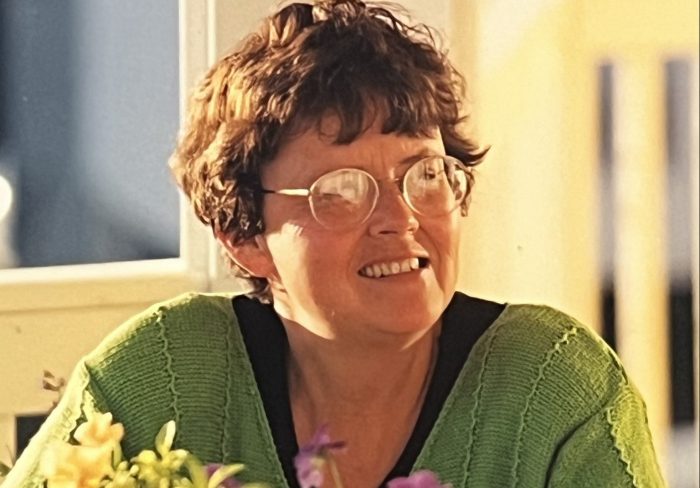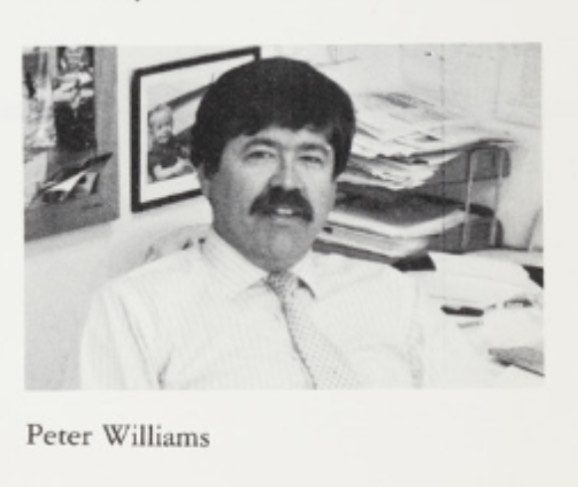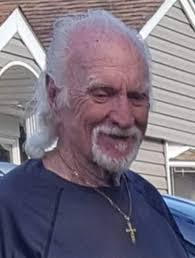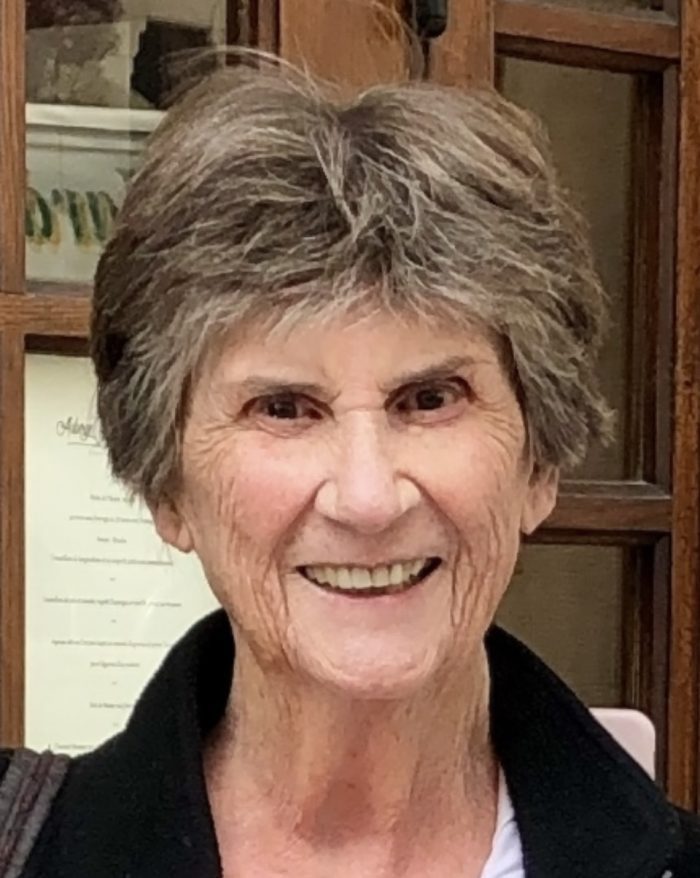Prepared By Christine Cognetti
Henry Hull (Hank) of Port Jefferson passed away on July 26 at the age of 91. Born in 1933 in Orange County, Hank was the son of Henry Hull and Helen Frances Smith of Highland Mills.
Having lost both his parents by age 14, building a strong family was everything to this man. His greatest joy was spending 64 years married to the love of his life, Eileen Katherine Hull. Together they had four children: Jacqueline Hull, Suzanne Frances Wolff, the late Lawrence Henry Hull and Christine Cognetti. The role he treasured most was being grandfather to his all-star team of seven who lovingly called him Pop: Thomas Henry Hull, Sarah Hull, Alexa Jane Wolff, Connor Wolff, Ella Cognetti, Olivia Cognetti, and Katherine Cognetti.
Raised by his loving sister-in-law Carrie, college seemed out of reach until he was inspired by a high school teacher to apply to Albany State. There he discovered his lifelong love for education. Hank earned his bachelor degree from the University at Albany, a master’s degree from Hofstra University and did extensive graduate work in mathematics at Boston College.
Hank was a believer in the power of education, so teaching was not only his career but also his true calling. He spent 35 years teaching mathematics at a variety of levels, ranging from middle school classes in Northport to courses at Suffolk Community College and Dowling College. In addition, he was a founding member of the Continental Mathematics League (CML), an organization that enables students and schools to compete in a variety of subjects on a global level.
Giving back to the community was always a priority for Hank. He was a member of the Eaton’s Neck Fire Department and an ex-Captain and lifetime member of the Port Jefferson Fire Department. A veteran of the US Air Force, he was a mathematics instructor at Sampson Air Force base in Geneva.
Using stories and jokes he touched so many lives; Hank was always ready with a (not so) quick story to engage those around him. He loved the challenge of puzzles and met the crossword each day with a hopeful spirit. Hank found a passion for poetry, often gaining inspiration at night and writing throughout the day. We are now fortunate to have hundreds of poems to comfort us.
Hank enjoyed the simple things in life with his grandchildren like ice cream, oreos, a cold beer and deep discussions. He loved seeing his children and grandchildren play the sports he once played himself and could often be found cheering on the sidelines of soccer, lacrosse, golf, basketball, and baseball. Up until the end, he kept track of where everyone was in their travels so he could pray for their safe returns.
Wherever Hank went he touched the lives of so many with his deep sense of caring and utmost respect for others.
Memorial visitation was on Thursday, August 1 from 2–4 p.m. and 7–9 p.m. at Bryant Funeral Home. Firematic services are on Friday at 8:00 p.m. A mass followed by celebration of life was held on Friday, August 2 at 11:30 a.m. at Caroline Episcopal Church in Setauket. The burial was at the Cemetery of the Highlands on Saturday, August 3 at 1p.m. In lieu of flowers, the family requests that donations be made to The Caroline Episcopal Church of East Setauket.


